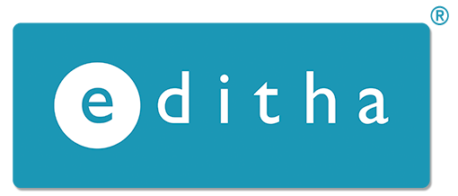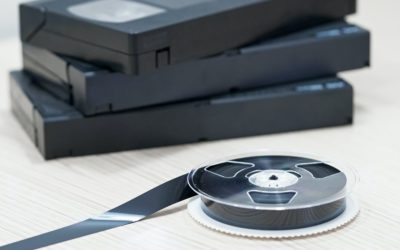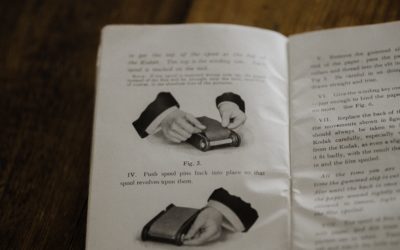Machinery Directive (Directive 2006/42/EC) is currently undergoing revision by the European institutions.
Directives for products have two objectives. On the one hand, they regulate the harmonisation of rules in all EU Member States in order to ensure the free movement and trading of machinery products within the internal market. On the other hand, they aim at ensuring safety to machinery users. The fact that a machine complies with the Machinery Directive is both a necessary and sufficient condition for that machine to be made available on the market in all EU Member States.
The Proposal for a Regulation of the European Parliament and of the Council on machinery products should replace the current Machinery Directive by 2023. Let’s see which matters addresses.
New technologies
One of the aspects to be evaluated regards risks stemming from the emergence of new technologies, such as robotics, the Internet of things and Artificial Intelligence. The Machinery Directive in force states that danger zones or moving part must be isolated to avoid any risk of injury to the operator while intervening on the machinery product. However, it does not deal with the potential risks that originate from new technologies, such as collaborative robots, that are designed to work alongside human in a shared space.
Moreover, the Machinery Directive also deals with the safety of people and the risks associated with possible improper uses of the machinery product done by the user in specific situations. It does not consider cybersecurity, though, and the fact that remotely controlled machines must be able to resist malicious attacks. The introduction of Industry 4.0 (now Transition 4.0) has brought tax benefits for companies who invest in technological innovation and implied a larger use of connected technologies in manufacturing processes. It is, therefore, necessary that the MD stays in step with the risks related to cybersecurity, to prevent a cyber attack from changing the operating settings/deactivating the safety systems of a machinery product, posing a risk to the operator.
The proposal for a new Regulation on machinery products has been submitted together with the proposal for a Regulation on artificial intelligence (AI), which is still under discussion and will address the risks coming from a technology which is constantly evolving: artificial intelligence. AI is based on an algorithm that allows machines to change their behaviour in unpredictable ways, with no possibility to foresee the results. Another controversial aspect addressed in the AI Regulation proposal is how IA can collect and use data about EU citizens.
With the aim of addressing new risks related to digital emerging technologies, the proposed Regulation suggests that the definition of safety components should cover not only physical devices but also digital devices, including software, which must, therefore, be provided with the EU declaration of conformity and CE marking. For instance, software updates not foreseen in the initial manufacturer’s risk assessment, could potentially modify the functionality of the machine which could no longer comply with the safety requirements.
Due to the technological change and in order to reduce monetary and environmental costs due to extensive paper-based documentation, in the proposed Regulation, instructions of machinery products will be made available in digital format. However, upon request, the instructions shall be provided in paper format free of charge to the purchaser or to the end user. This is a major step forward, compared to the state of the art, because, although the current Machinery Directive does not explicitly specify the form of documentation, it is customary that the instructions must be in paper form, supplied with the machinery or product. Another important change is that for the first time there’s a focus on the consumer’s rights at European level.
Directive vs Regulation
A directive is a legislative act that sets out a goal that all EU Member States must achieve. They will need to transpose EU directives into national law to achieve that goal.
A regulation is a binding legislative act, automatically applicable across the EU. There is no need for each individual country to introduce transposition laws at a national level.
Over the years, issues concerning a different application of the Machinery Directive across the EU countries have arisen. The change from a directive to a regulation will ensure a consistent interpretation and a single legislative framework for all the European directives on product safety. In this way, divergences in interpretations and delays in the transposition of the Directive in EU Member States should be avoided. Directives in the new legislative framework will receive an EU declaration of conformity which will replace the EC declaration of conformity, currently required by the Machinery Directive. Moreover, the proposed Regulation would apply not only to new machines, as stated by the Directive, but also to those products that suffered a ‘substantial modification’ and may be considered as new products presenting new related risks.
Other changes included in the proposal
Other changes presented in the proposal are:
- a review of the current definition of partly completed machinery, which still leaves too much room for interpretation and can lead to an incorrect qualification of a product and its related risks;
- reassessment of machines considered as high risk and of the related conformity procedures, which will be still under the responsibility of the notified body;
- the introduction of obligations for importers and distributors. ‘Importer’ means any person who places machinery products from a third country on the Union market. He/she must ensure that the manufacturer has strictly complied with the obligations set out in the proposal for a Regulation on machinery products. ‘Distributor’ means any person who makes machinery products available on the market and who is responsible for verifying that they are correctly marked and accompanied by all the necessary documentation.
What Editha can do for you
The European institutions will discuss all the proposed amendments to the current draft of the proposal for a Regulation on machinery products and will put them to the vote in the coming months. Once the Regulation comes into force, there will be a transitional period to adapt to it. Here in Editha we are qualified technical communicators, recognised by the Italian certification body Cepas Bureau Veritas, and we are COM & TEC partners. We can support you to assess the status of your technical documentation and update it so that it complies with the new Regulation.
Contact us and we will assess your documentation.
© Editha S.r.l. – This post and its content are copyright of © Editha S.r.l. 2022. All rights reserved.





0 Comments